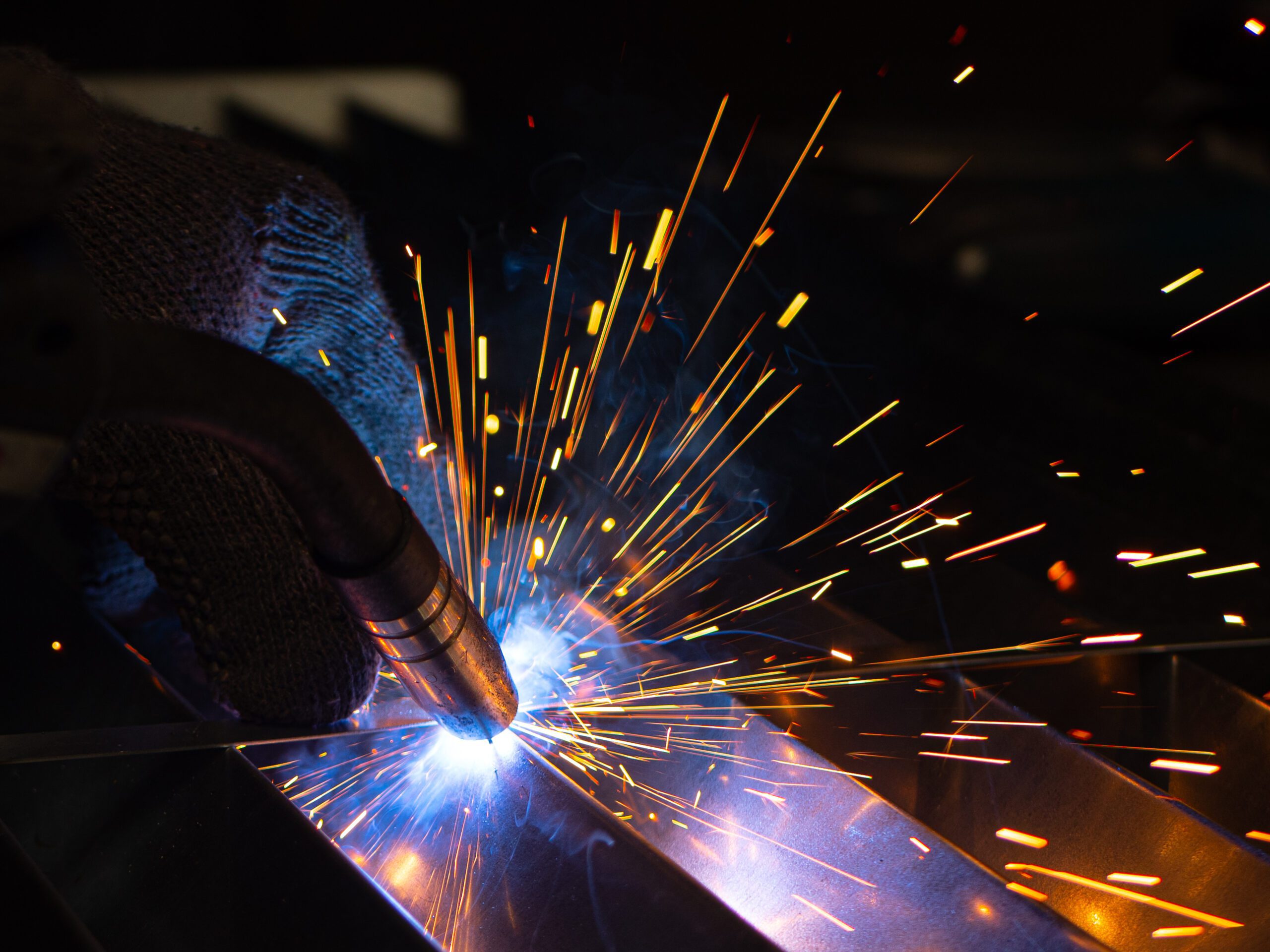What is Metal Folding, and How do Press Brakes Work?
Metal folding can be used to create a huge range of products. Metal folding is used to refer to a range of bending applications, which means that it can be used to create enclosures, boxes and more.
The process of metal folding and bending is usually done using a press brake machine, which exerts high tensile strengths and shear forces to bend sheet metal into the exact shape required, as established by the original project drawings. The latest press brake machinery is still the most common method of accurate metal folding as they can often handle a broader range of material thicknesses. The majority of press brake machines contain a hydraulic ram with an upper punch that presses metal into a lower die to create the curves, shapes, and angles set out in the original CAD design. All of our press brakes are computer-controlled, with the help of CNC technology.
A CNC machine processes a piece of material to meet specifications by following a coded programmed instruction. When using CNC machining, it’s so important to have a strong design in place and accurate instructions to the machines that reflect that design. At Salamander, we’ll use advanced 3D CAD CAM systems including SOLIDWORKS 3D design systems to create high-quality, in-depth designs and technical drawings. All of this information ensures that your machine is using the right bending angles, bend allowance, bend radius and bend relief, based on the sheet metal thickness being used. Using CAD design processes also allows us to save and generate designs again and again for batch production if required, and allows us to store all of the designs we create and implement for repeated use.
Once the sheet metal has been pressed, creating the shapes and angles that are required, most projects will move into welding, to secure the parts and ensure that the design keeps its shape without bending, warping or damage.






